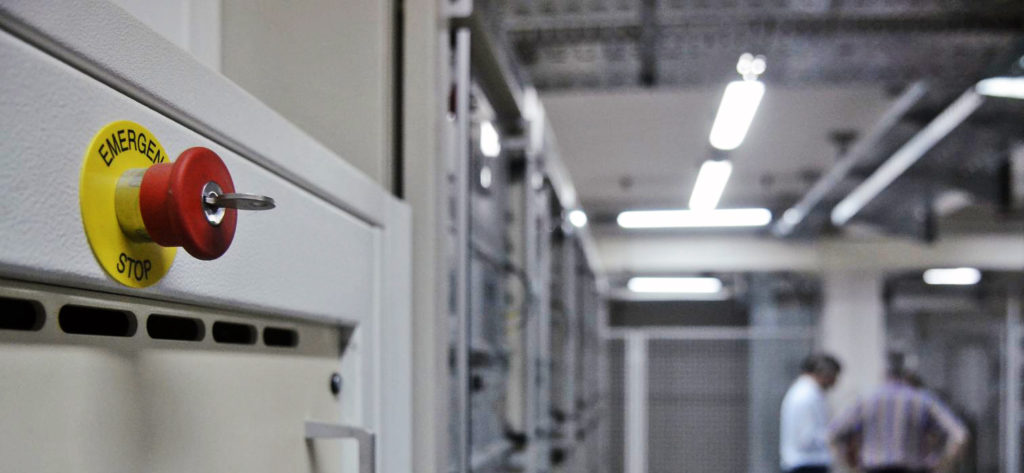Shutdown maintenance is no small endeavor. Any time production lines screech to a halt, workers leave their posts, and the hum of a factory goes quiet, it can only mean something big is happening. But a shutdown isn’t inherently a bad thing. It’s a crucial time to do good in your factory by delivering essential maintenance or repairs to machinery, or even replacing antiquated equipment altogether.
Shutdowns get a bad reputation because they’re difficult to manage. They’re also avoided because production stops completely and every minute down is a minute of lost profits. Regardless, they’re required in some cases.
Instead of anticipating a debacle during your next scheduled shutdown, try taking a different approach to managing it. Implement a few tried and true tips to keep accountability high and focus tight during a crucial period of machine maintenance.
Plan ahead for shutdowns
More than just marking the calendar and setting the time for shutdown maintenance, it pays to truly plan ahead for a shutdown. This could mean working ahead to proactively make up for lost work time or ordering parts ahead of time to guarantee that maintenance work can be completed.
Planning ahead goes far beyond just the machinery you’re servicing — production won’t be the only thing compromised during shutdown maintenance. It’s also good to schedule your workforce accordingly, including maintenance consultants and OEM repair techs.
Getting ahead of a major shutdown gives you time to get everything from schedules to costs aligned.
Dictate critical roles
Roles often change during shutdown procedures. It’s important for everyone to know their role during a shutdown, including what’s expected of them. In advance of your shutdown, go through duties with your team and provide everyone with clear instruction. Checklists are a handy tool in these scenarios.
Along with delegating tasks, create teams. Having supervisors with subordinates, each focused on different maintenance and repair tasks, not only increases accountability but also creates a natural division of labor.
The goal in dictating critical roles is to have more people working on more tasks, accomplishing everything in a shorter time period with fewer mistakes.

Follow your plan
Planning is only half the equation for minimizing shutdown errors; executing on that plan is paramount. When you control the variables and delegate the duties, follow-through will prevent little mistakes from causing major disruption. To keep everyone on task and adherent to your timeline, be sure to create a detailed itinerary of shutdown maintenance operations.
There’s one caveat to following through on your plan: Build in contingencies. Shutdowns rarely go according to plan. You can’t account for everything, but you can be adaptable. If priorities change, urgencies arise, or you encounter problems, make sure you have a plan to accomplish the shutdown’s chief objectives.
Document everything
Documentation is vital for so many factory operations, and shutdown maintenance is no exception. Documenting each machine’s maintenance carefully creates an accountable log in the event of an audit, malfunction, or future maintenance questions. Make sure you document every aspect of the maintenance, including who is performing the work, what they’re doing, how long each task takes, and any other data that may be important.
Review thoroughly
Another thing you can do to promote stress-free shutdown maintenance is to engage in a post-mortem discussion. This is an in-depth review of your most recent shutdown procedure, covering everything that went wrong and how to avoid the same problems during the next shutdown. Looking at past mistakes and unanticipated variables is the best way to avoid the same setbacks in the future.
